1
2
3
4
5
6
7
8
9
10
11
12
13
14
15



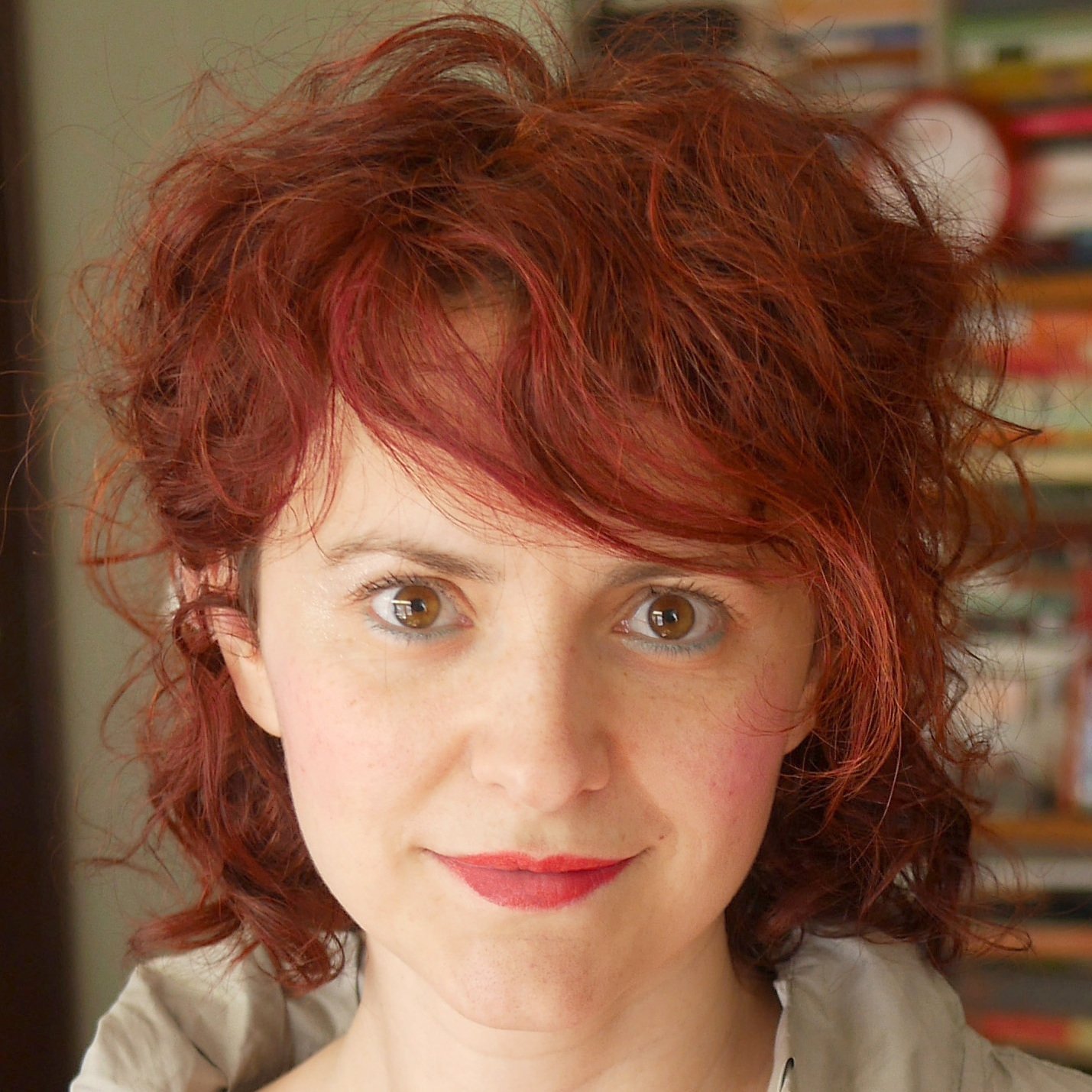



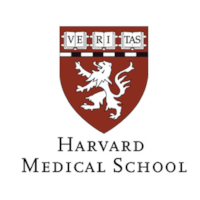


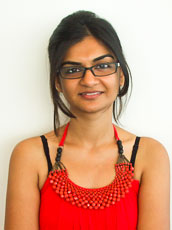
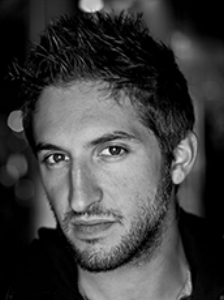


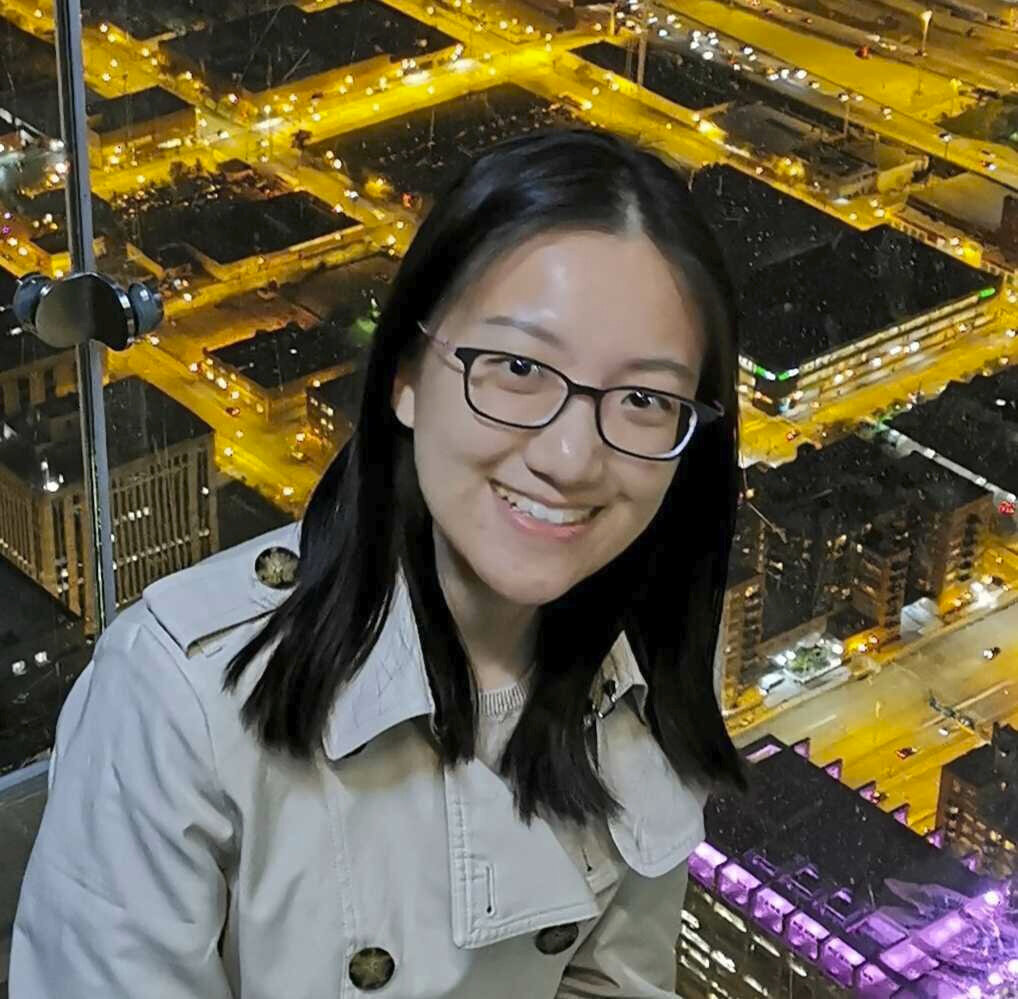
A century ago Ramon y Cajal dubbed the local short axon cells of the brain, the inhibitory interneurons, “the butterflies of the soul”. With characteristic insight, he inferred that these populations, which possess such enormous morphological diversity, would ultimately prove to have an equally impressive breadth of functional attributes. Recent studies have born out this prediction and shown that inhibitory interneurons are much more than simple gatekeepers of excitation. Depending on which interneuron subtype is recruited they are able to refine or unite brain activity in a startling multitude of ways.
Powered by Squarespace.